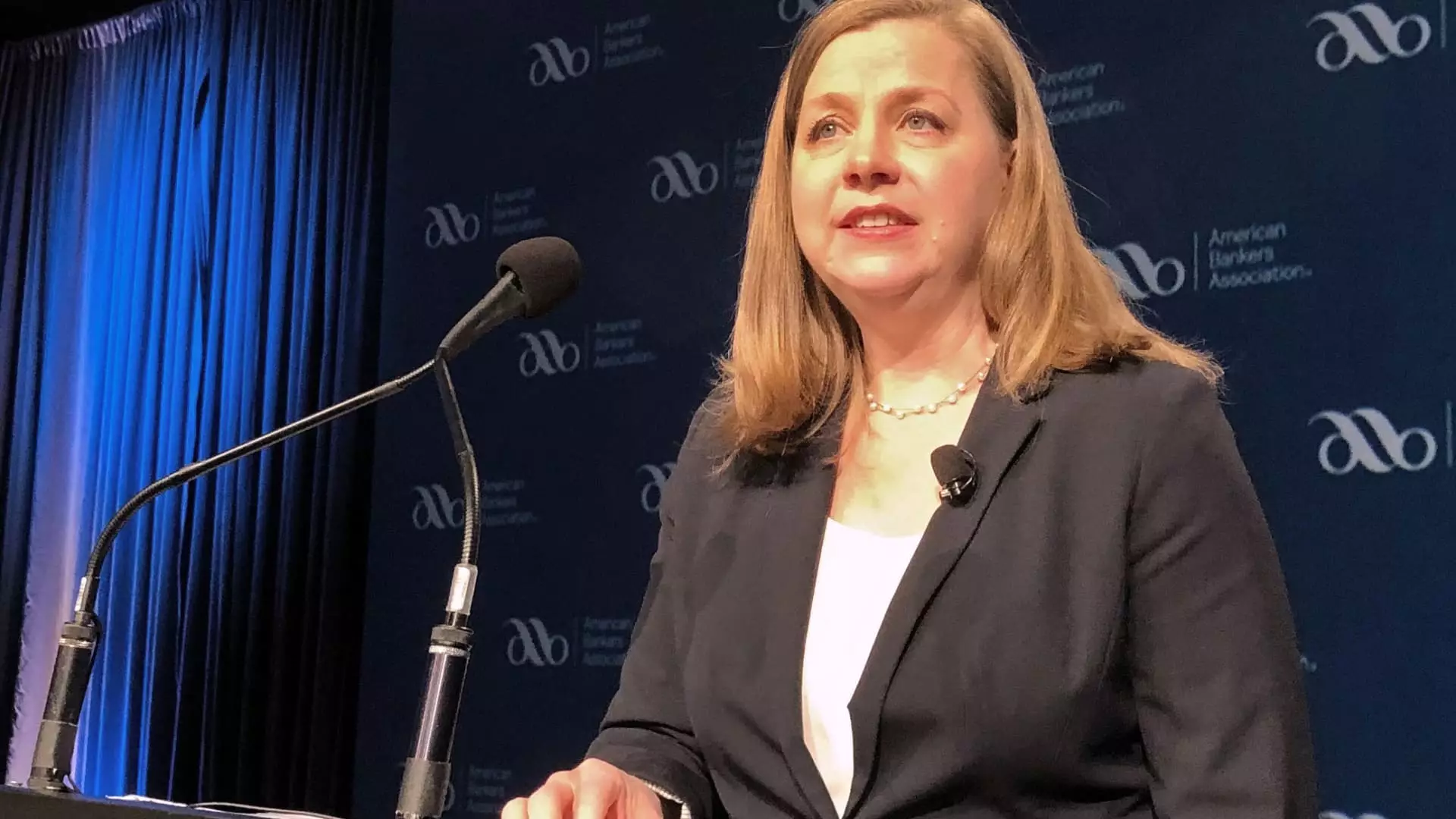In a recent address, Federal Reserve Governor Michelle Bowman articulated her cautious approach toward the future of monetary policy, highlighting that, although the Fed’s current stance appears stable, she insists on waiting for clearer signs of inflation improvement before considering further reductions in interest rates. She emphasized the necessity for robust data that demonstrates not just lower inflation, but sustained progress toward price stabilization.
Bowman’s comments underscore the delicate equilibrium the Federal Reserve must maintain. The critical question arises: how do policymakers navigate the complex landscape of economic indicators while ensuring that inflation does not spiral out of control? Given the uncertainty surrounding inflation trends, Bowman advocates for a more conservative approach, favoring patience as essential in the face of fluctuating economic metrics.
Bowman pointed out that price inflation, particularly in core goods, has inhibited strides toward effectively managing inflation levels. With inflation continuing to outpace initial expectations—evidenced by a January consumer price index report revealing a monthly rise of 0.5% compared to forecasts of 0.3%—the Fed faces mounting pressures to remain vigilant. The annual inflation rate now hovers at 3%, exceeding earlier predictions.
This unexpected rise raises significant concerns among economists and underscores the complexities of current economic conditions. With inflation not aligning with forecasts, the Fed’s ability to respond effectively to economic changes is challenged. Bowman’s assertion that disinflation may require longer than anticipated also hints at the potential for an extended period of elevated rates, which could stifle economic growth if not carefully managed.
Another crucial aspect highlighted by Bowman is the underlying strength of the labor market, which she sees as a double-edged sword. While a robust labor market is typically a positive sign of economic health, it simultaneously presents greater risks to price stability. This is primarily because strong employment can drive consumer spending, further exacerbating inflation pressures. The implications for policy become even more pronounced when taking into account external factors like tariffs and trade policies, which have heightened inflationary concerns.
Bowman calls for a deliberate review of economic indicators and reflects a growing hesitation to make sweeping policy changes based solely on a small set of data points. She maintains that this cautious approach will lend itself to a more informed decision-making process in understanding how various economic factors, including government policies, affect the financial landscape.
The Future of Interest Rates and Economic Predictions
The Fed’s decision to sustain its target interest rate in the range of 4.25% to 4.5% highlights a strategic choice aimed at fostering a more thorough analysis of incoming data. By maintaining this rate, policymakers can better assess not only inflation but also other economic variables that could influence future rate cuts or increases.
President Trump’s tariffs have further complicated the outlook, establishing additional layers of uncertainty regarding price stability. As expectations regarding interest rate decreases in the coming years wane—the impact of trade tensions on inflation is undeniable. Ultimately, the Fed’s approach will need to adapt as new data emerges, balancing the fine line between stimulating growth and maintaining price stability in an ever-changing economic environment.

